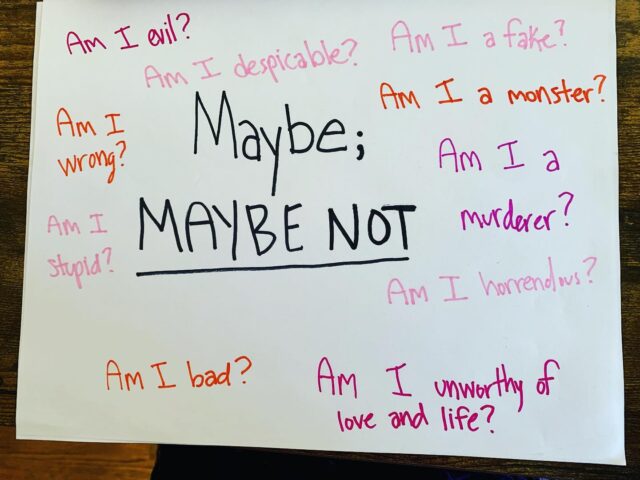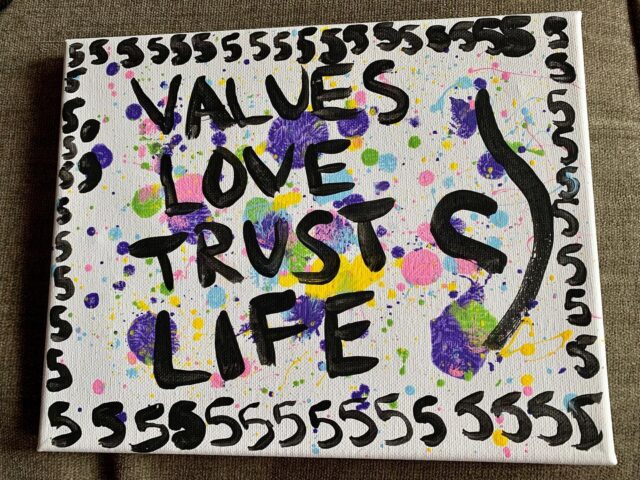Seeking treatment at the Center involves several stages.
If you are interested in treatment for yourself or your child please email us to learn if we have current openings. If we have openings we will schedule a time to complete a brief phone screening. During this call Dr. Jenks will ask you several questions to determine if you or your child may be an appropriate fit for cognitive-behavioral therapy through the Center.
If her practice is full or if she believes that someone else can better meet your needs she will refer you to another therapist.
After the phone screen you will be scheduled for a pre-treatment consultation session. Consultations generally last between one and three sessions and include a comprehensive evaluation of you or your child’s difficulties. At the end of the consultation process Dr. Jenks will give you feedback and provide you with her recommendations for optimal treatment. Recommendations for treatment may include individual therapy, family therapy, intensive treatment or a referral to more appropriate care.
Once you are scheduled for a consultation session you will be provided with a password to access your online consultation packet. The questionnaires included in your packet are designed to provide detailed information about what factors are contributing to you or your child’s problem.
Treatment begins once we mutually agree on a treatment plan.
Cognitive-Behavioral Therapy (CBT) and Acceptance and Commitment Therapy (ACT) generally last between 12 and 20 sessions depending on various factors such as symptoms severity/complexity, motivation, family factors and the amount of homework that is done outside of session. Therapy consists of working together to addresses the factors that are driving your difficulties.
Factors that commonly “drive” anxiety are avoidance, negative reinforcement (relief from anxiety through avoidance), fusion (believing one’s thoughts as accurate), misinterpretations of situations, overestimating the severity or probability of a feared outcome, and the absence of corrective learning (not learning that fears are unlikely to come true).
In therapy we will address your particular factors through learning new skills and practicing new behaviors such as systematically facing fears instead of avoiding them (exposure). Exposure Therapy is frequently used to help people slowly face their fears and learn that they can handle the situation and their fear is unlikely to occur.
During treatment you will be asked to practice new skills in session as well as out of session. You will be assigned weekly “homework” that may involve practicing a skill or facing a manageable but challenging fear.
The last stage of treatment includes relapse prevention. Relapse prevention aims to teach you how to take what has been learned in treatment and apply it to future problems as they arise. During relapse prevention we will work with you to create an individualized relapse prevention plan that may include follow-up visits spread out over time.




